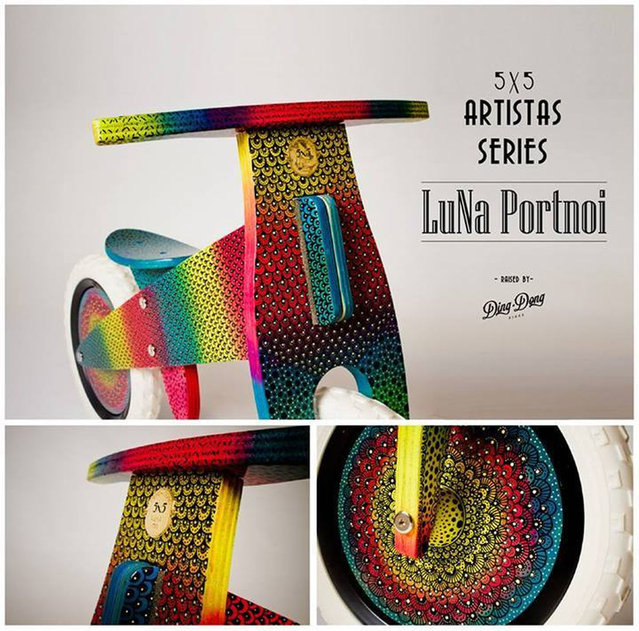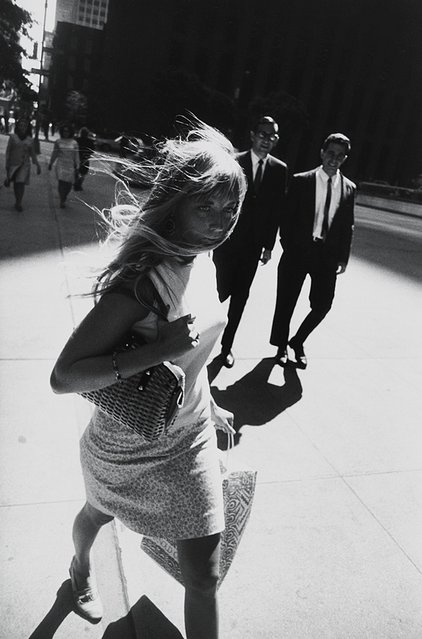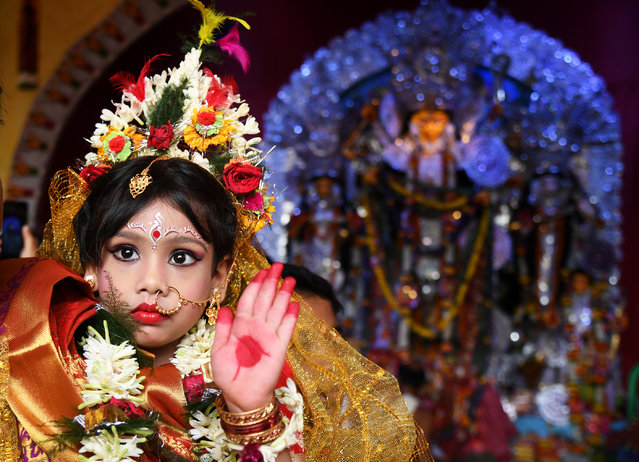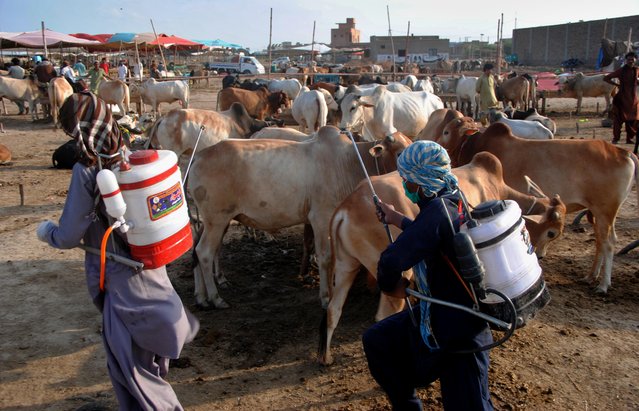
U.S. Marine Alex Minsky lost his leg and nearly died in Afghanistan three years ago, when he and his fellow Marines fell victim to a roadside bomb. After recovering from a coma and learning to use his new prosthetic leg, the Purple Heart recipient fell into depression and started drinking.
19 Aug 2014 16:43:00,post received
0 comments







